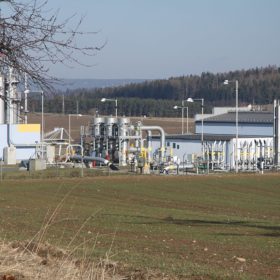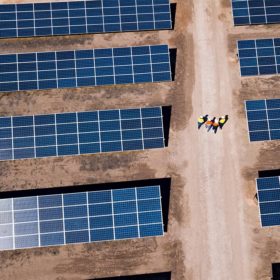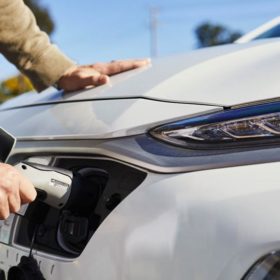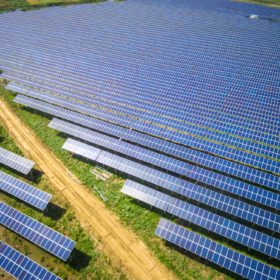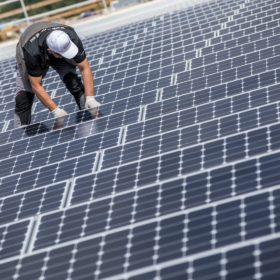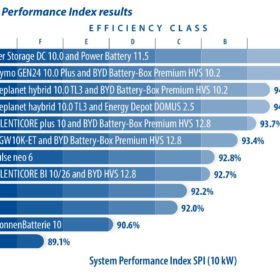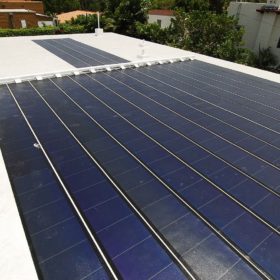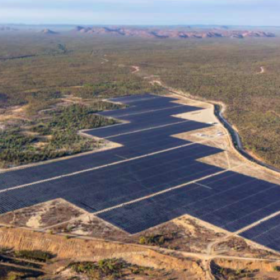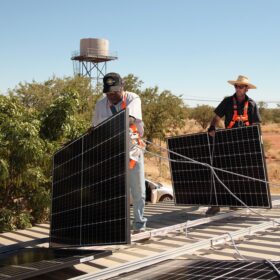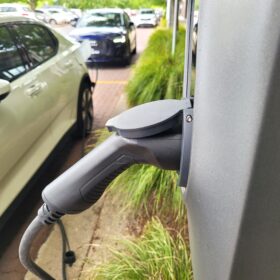Oil and gas reservoirs are cheapest options for underground hydrogen storage
New research from Ireland shows that depleted oil and gas reservoirs may be used to store hydrogen at a cost of US$1.29/kg (AU$1.9/kg). According to the researchers, underground hydrogen storage may benefit from the technological maturity of the geologic storage of natural gas and CO2, which are associated with decades of established knowledge.
UQ targets testing platform to fast-track large-scale grid connections
University of Queensland researchers will seek to develop and test a new platform designed to help streamline the process of connecting large-scale renewable projects to the grid after landing a $498,000 grant from the Australian Renewable Energy Agency.
The real value of energy storage
An international research team has developed a new way to evaluate the economic value of energy storage technologies. They went beyond pure cost assumptions to consider the benefits that such technologies could bring to energy systems.
Electric vehicles pass remote road test say ANU researchers
Researchers from the Australian National University have declared a major roadblock to the electrification of the nation’s transport sector has been removed with a new study showing electric vehicles can handle the long distances required to travel to essential services in Australia’s remote and regional areas.
Heat pumps ‘grossly underestimated’ technology for Australia’s decarbonisation
Interest and investment in heat pumps has surged in Europe, but in Australia the technology has struggled to find a serious foothold. Industrial heat pumps could reduce ‘hard to abate’ emissions here by 15 million tonnes per annum by 2050, according to new modelling from the Australian Alliance for Energy Productivity though. Despite the potential, dodgy technology suppliers and schemes gone awry have left a bad taste in Australia’s mouth, CEO Jarrod Leak tells pv magazine Australia.
CSIRO tips global influences to stall cost reductions for renewables
Australia’s national science agency has reaffirmed integrated wind and solar PV remain the cheapest new-build electricity generation options but warned inflationary pressures and ongoing supply chain disruptions are likely to stall any further cost reductions for at least 12 months.
Study shows solar panel output exceeds energy input by 100 times
The green credentials of solar PV technology have been reinforced with Singapore-headquartered manufacturer Maxeon Solar Technologies releasing details of an independent study that shows the energy output of its Maxeon 3 panels is more than 100 times greater than the input required to make the solar panels.
Weekend read: Batteries are getting better
Battery energy storage systems (BESS) are getting better, according to the Energy Storage Inspection 2022 report by the University of Applied Sciences, HTW Berlin. The fifth edition of the study assessed 21 storage systems and found that while only two of the BESS studied were categorised as being efficiency class “A” in 2020, that number grew to six in 2022.
Thin film solar may have carbon intensity advantage over silicon
Thin-film cadmium telluride panels may have a US$0.02 to US$0.04 per watt carbon cost advantage over traditional polysilicon, said the National Renewable Energy Laboratory in an analysis of embodied carbon, embodied energy, and energy payback.
Queensland takes out 14 of the top 15 performing solar assets in June
Winter has proven no feat for the sunshine state, which is home to basically all of Australia’s best performing PV assets, senior Rystad analyst David Dixon finds.
